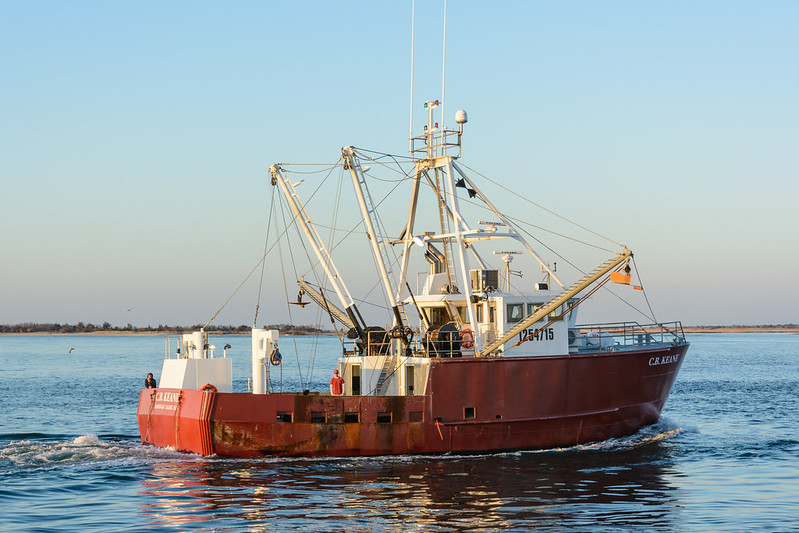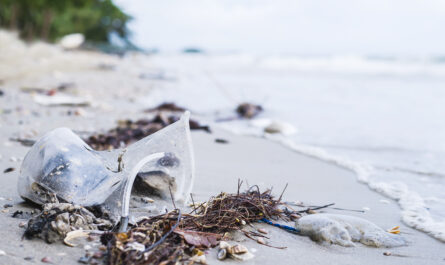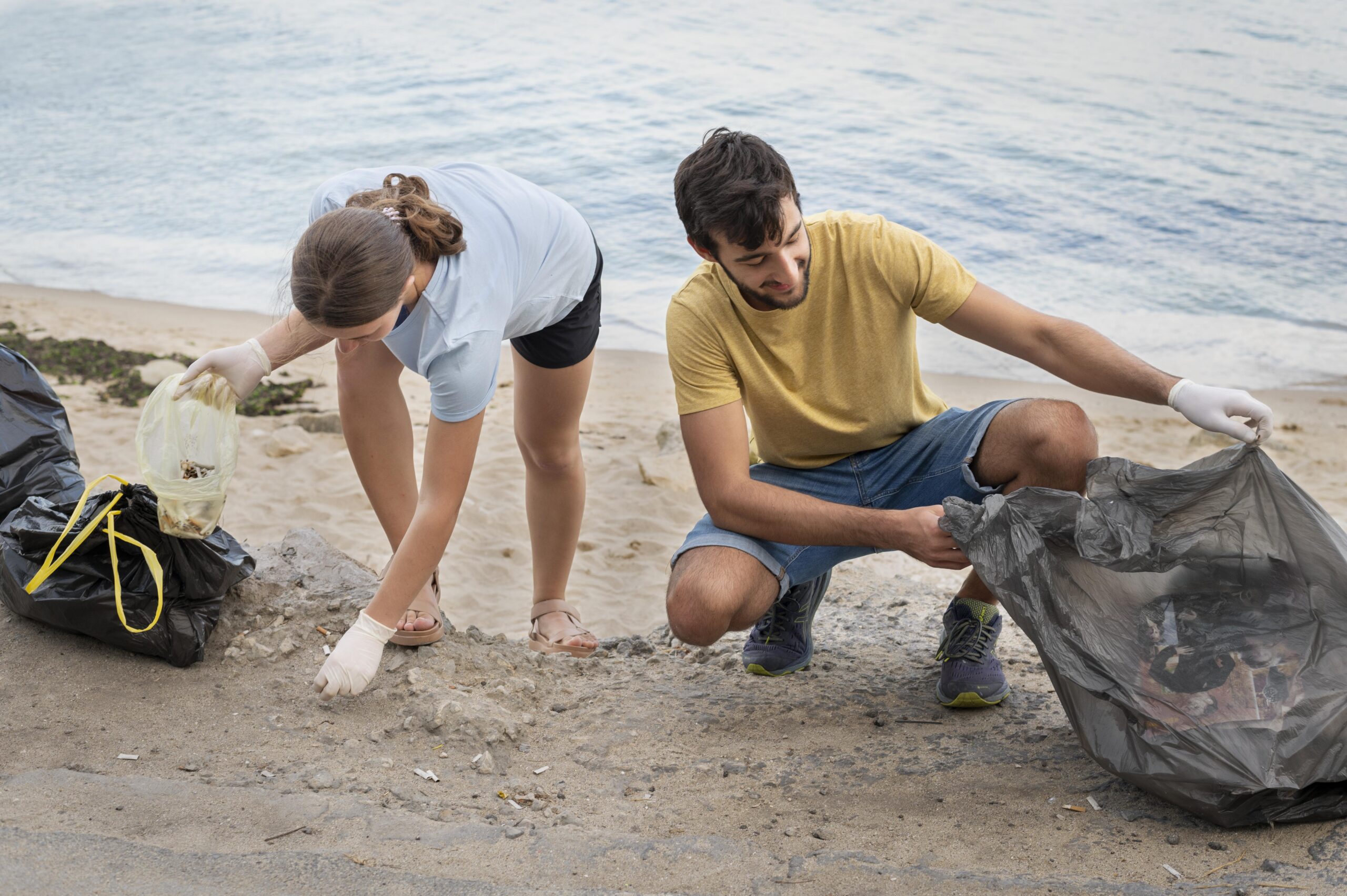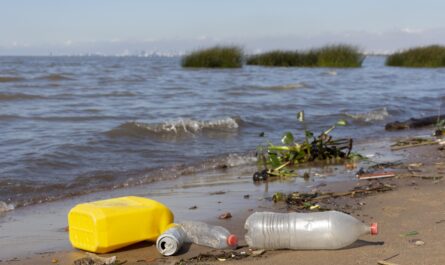The Pacific Ocean is the largest body of water on Earth, encompassing more than 60 million square miles and covering approximately one-third of the Earth’s surface. Its vast expanse supports an extraordinary array of marine life, ecosystems, and biodiversity. However, the Pacific Ocean’s ecosystems are under increasing pressure from overfishing, illegal fishing, habitat destruction, and climate change. As demand for seafood rises globally, sustainable fishing practices have emerged as essential tools in protecting the ocean’s health while ensuring long-term food security and livelihoods for millions of people.
This comprehensive guide delves into the significance of sustainable fishing practices in the Pacific Ocean, how they are implemented, their challenges, and their impact on both marine ecosystems and the global economy.
1. The Importance of the Pacific Ocean’s Marine Ecosystems
The Pacific Ocean is home to diverse marine ecosystems, including coral reefs, seagrass meadows, deep-sea habitats, and open-ocean ecosystems. These ecosystems support countless species, from tiny plankton to large whales, and play a critical role in regulating the planet’s climate by absorbing carbon dioxide.
Coral reefs, in particular, are among the most biodiverse ecosystems on the planet. Despite occupying less than 1% of the ocean floor, they support more than 25% of marine species. Additionally, coral reefs and coastal ecosystems provide vital services such as shoreline protection, tourism, and fisheries that sustain millions of people. However, human activities, particularly overfishing and destructive fishing practices, have led to the degradation of these habitats.
2. Challenges Facing Pacific Ocean Fisheries
a. Overfishing
Overfishing is one of the most significant threats to marine biodiversity in the Pacific Ocean. It occurs when fish are caught at a rate faster than their populations can replenish. Key fish species, including tuna, swordfish, and sharks, are particularly vulnerable. The Pacific Ocean supplies about 60% of the world’s tuna, but overfishing has led to declines in several tuna populations, threatening the sustainability of the fisheries and the livelihoods of those who depend on them.
The impact of overfishing extends beyond target species, as it can disrupt food webs and cause imbalances in marine ecosystems. For example, the depletion of predator fish like tuna can lead to a proliferation of smaller species, which can, in turn, affect the entire ecosystem.
b. Bycatch
Bycatch refers to the unintentional capture of non-target species during fishing operations. This can include endangered species like sea turtles, sharks, seabirds, and marine mammals. Bycatch not only threatens these species but also results in unnecessary waste, as much of the bycatch is discarded, dead or dying, back into the ocean. The issue of bycatch is particularly significant in the Pacific, where industrial fishing practices such as longlining and purse-seining are common.
c. Illegal, Unreported, and Unregulated (IUU) Fishing
Illegal, unreported, and unregulated (IUU) fishing is a significant challenge in the Pacific Ocean, particularly in areas where monitoring and enforcement are weak. IUU fishing depletes fish stocks, undermines conservation efforts, and threatens the livelihoods of coastal communities. It also poses a serious challenge to international fisheries management efforts, as it is difficult to regulate and control. The Pacific Islands Forum Fisheries Agency (FFA) and other organizations have been working to combat IUU fishing, but the scale of the problem remains vast.
d. Climate Change
Climate change exacerbates the challenges facing Pacific fisheries by altering ocean temperatures, currents, and ecosystems. Warming oceans have led to coral bleaching, which weakens coral reefs and affects the species that depend on them. Changes in ocean currents can also shift the distribution of fish stocks, making it harder for local fishers to find and catch fish. Additionally, rising sea levels and ocean acidification further threaten coastal ecosystems, such as mangroves and seagrass meadows, which serve as important breeding grounds for many species.
3. Principles of Sustainable Fishing
Sustainable fishing refers to practices that allow fish stocks to be harvested while ensuring the long-term health of marine ecosystems and the communities that depend on them. The key principles of sustainable fishing include:
- Maintaining Fish Populations: Fishing practices should ensure that fish populations remain healthy and that species are not harvested faster than they can reproduce.
- Protecting Marine Ecosystems: Fishing practices should minimize the impact on the broader marine environment, including habitats such as coral reefs, seagrasses, and deep-sea ecosystems.
- Ensuring Fair and Equitable Practices: Sustainable fishing also takes into account the social and economic well-being of communities that rely on fisheries, ensuring that fishing practices are fair and equitable.
4. Sustainable Fishing Practices in the Pacific Ocean
Several sustainable fishing practices are being implemented in the Pacific Ocean to address the challenges outlined above. These practices aim to maintain healthy fish populations, protect marine ecosystems, and support coastal communities.
a. Marine Protected Areas (MPAs)
Marine Protected Areas (MPAs) are designated zones where human activities, including fishing, are restricted or prohibited to protect marine ecosystems. MPAs serve as refuges for fish populations, allowing them to breed and recover from overfishing. In the Pacific Ocean, several MPAs have been established to protect critical habitats, such as coral reefs, mangroves, and seagrass meadows. Notable examples include the Papahānaumokuākea Marine National Monument in Hawaii and the Phoenix Islands Protected Area in Kiribati, one of the largest MPAs in the world.
MPAs are crucial for sustainable fishing because they act as “spillover zones” where fish populations can replenish and migrate into adjacent areas, benefiting both ecosystems and fisheries.
b. Fishing Quotas and Limits
Fishing quotas and catch limits are essential tools for preventing overfishing. These regulations set a maximum allowable catch for specific species, ensuring that fish stocks are not depleted. In the Pacific, regional fisheries management organizations (RFMOs), such as the Western and Central Pacific Fisheries Commission (WCPFC), play a key role in setting quotas for highly migratory species like tuna.
By adhering to scientifically determined catch limits, fishing industries can maintain healthy fish populations while still supporting economic growth. Enforcement of these quotas is critical, and technologies such as satellite monitoring and onboard observers are increasingly used to ensure compliance.
c. Selective Fishing Gear
One of the primary methods for reducing bycatch is the use of selective fishing gear designed to target specific species while minimizing the capture of non-target species. For example, turtle excluder devices (TEDs) allow sea turtles to escape from shrimp nets, reducing bycatch. Similarly, circle hooks are used in longline fisheries to reduce the bycatch of sharks and seabirds.
In the Pacific, fisheries are encouraged to adopt more selective gear, such as smaller mesh sizes for nets, which can help prevent juvenile fish from being caught before they have had the chance to reproduce. These innovations are essential for making fishing more sustainable and reducing waste.
d. Community-Based Fisheries Management
In many Pacific Island nations, community-based fisheries management (CBFM) has emerged as a successful approach to sustainable fishing. CBFM empowers local communities to manage their own fisheries, giving them a stake in the conservation and sustainable use of marine resources. Communities are involved in setting fishing limits, creating no-take zones, and monitoring fish stocks.
This bottom-up approach has proven effective in many Pacific Island nations, where traditional knowledge and practices are integrated with modern conservation strategies. By involving local fishers in the decision-making process, CBFM fosters a sense of ownership and responsibility for the health of marine ecosystems.
e. Sustainable Aquaculture
Aquaculture, or fish farming, is a growing industry in the Pacific, offering a sustainable alternative to wild capture fisheries. When done responsibly, aquaculture can help meet the global demand for seafood without depleting wild fish stocks. Sustainable aquaculture practices minimize the use of antibiotics, reduce waste, and ensure that fish farms do not harm surrounding ecosystems.
In the Pacific, efforts are being made to expand sustainable aquaculture, particularly for species such as tilapia, oysters, and seaweed. These species can be farmed with minimal environmental impact and provide a reliable source of income for coastal communities.
5. International and Regional Initiatives for Sustainable Fishing
Several international and regional organizations are working to promote sustainable fishing practices in the Pacific Ocean.
a. Western and Central Pacific Fisheries Commission (WCPFC)
The WCPFC is an RFMO responsible for the management of tuna and other highly migratory fish species in the western and central Pacific Ocean. The commission works with member countries to set fishing quotas, establish conservation measures, and combat IUU fishing. It plays a critical role in ensuring that tuna fisheries in the Pacific remain sustainable.
b. Pacific Islands Forum Fisheries Agency (FFA)
The FFA assists Pacific Island countries in managing their fisheries resources and ensuring that fishing is conducted sustainably. The FFA provides technical assistance, training, and policy support to help countries implement sustainable fishing practices and combat IUU fishing.
c. Marine Stewardship Council (MSC)
The Marine Stewardship Council is an international organization that certifies fisheries that meet strict sustainability criteria. MSC-certified fisheries must demonstrate that they are managing fish stocks responsibly, minimizing environmental impacts, and complying with regulations. Several fisheries in the Pacific have achieved MSC certification, providing consumers with a sustainable seafood option.
d. United Nations Sustainable Development Goals (SDGs)
The United Nations’ Sustainable Development Goal 14 (SDG 14) focuses on conserving and sustainably using the oceans, seas, and marine resources. Pacific Island nations and global partners are working to achieve SDG 14 by implementing measures to reduce overfishing, protect marine habitats, and promote sustainable fishing practices.
6. The Role of Consumers in Promoting Sustainable Fishing
Consumers play a crucial role in promoting sustainable fishing practices through their purchasing choices. By choosing sustainably sourced seafood, consumers can support fisheries that prioritize the health of marine ecosystems. Several labels and certifications, such as the Marine Stewardship Council (MSC) label, help consumers identify sustainably harvested seafood.
Consumers can also contribute to ocean conservation by:
- Reducing Seafood Waste: An estimated 35% of global fish and seafood harvests are lost or wasted. Reducing food waste helps alleviate the pressure on fisheries.
- Supporting Local Fisheries: Buying locally caught seafood supports community-based fisheries and reduces the carbon footprint associated with transporting seafood over long distances.
- Advocating for Sustainable Policies: Consumers can advocate for government policies that promote sustainable fishing practices, combat IUU fishing, and protect marine ecosystems.
7. Challenges to Implementing Sustainable Fishing Practices
While sustainable fishing practices have gained global attention, there are several challenges to their implementation:
- Enforcement of Regulations: Enforcing fishing quotas, bycatch reduction measures, and other sustainable practices is difficult, particularly in international waters. Many regions lack the resources to adequately monitor and regulate fishing activities.
- Economic Pressures: In some Pacific Island nations, fishing is a major economic driver. Balancing the need for economic development with the imperative of protecting marine ecosystems can be difficult, especially for communities that rely on fishing for their livelihoods.
- Climate Change: As climate change alters ocean temperatures, currents, and fish migration patterns, sustainable fishing practices may need to be adapted to keep pace with these environmental changes.
- Global Seafood Demand: The global demand for seafood continues to grow, putting increasing pressure on fisheries. Scaling up sustainable practices to meet this demand without depleting fish populations is a significant challenge.
8. Success Stories in Sustainable Fishing
Despite these challenges, there have been several success stories in the Pacific region that demonstrate the effectiveness of sustainable fishing practices:
a. Palau’s National Marine Sanctuary
In 2015, Palau, a small island nation in the Pacific, created one of the largest marine sanctuaries in the world, banning all commercial fishing in 80% of its waters. This bold move was part of an effort to protect Palau’s marine biodiversity and promote sustainable tourism. The remaining 20% of Palau’s waters are managed as a sustainable fishing zone for local communities.
b. Phoenix Islands Protected Area
The Phoenix Islands Protected Area (PIPA) in Kiribati is one of the largest marine protected areas in the world, covering over 400,000 square kilometers. The area is home to numerous endangered species, including sharks, whales, and sea turtles. By restricting fishing and other human activities, PIPA has allowed marine life to thrive and become a model for sustainable conservation.
c. Tuna Conservation Efforts
The Western and Central Pacific Fisheries Commission has made strides in promoting sustainable tuna fishing in the Pacific. Several Pacific Island nations have implemented measures to reduce bycatch, set catch limits, and monitor fishing activities more effectively. These efforts have helped stabilize some tuna populations and ensure the long-term viability of the fishery.
9. Future Directions for Sustainable Fishing in the Pacific Ocean
Looking to the future, there are several promising trends and innovations that could help enhance sustainable fishing practices in the Pacific Ocean:
- Technological Advancements: New technologies, such as satellite monitoring, drones, and electronic catch documentation systems, can improve surveillance and enforcement of fishing regulations. These tools help combat IUU fishing and ensure that fisheries are complying with sustainable practices.
- Ecosystem-Based Fisheries Management: This approach takes into account the entire ecosystem, rather than focusing solely on individual species. By managing fisheries within the broader context of marine ecosystems, it is possible to protect habitat, maintain biodiversity, and promote resilience to climate change.
- Blue Carbon Initiatives: Coastal ecosystems, such as mangroves and seagrasses, play a key role in capturing and storing carbon. Protecting these ecosystems not only benefits marine biodiversity but also helps mitigate climate change. Expanding blue carbon initiatives in the Pacific could provide both ecological and economic benefits.
- Collaboration and Partnerships: International cooperation is essential to managing the Pacific Ocean’s fisheries sustainably. Collaborative efforts between governments, NGOs, scientists, and the fishing industry will be crucial in addressing the challenges of overfishing, IUU fishing, and climate change.
Conclusion
The Pacific Ocean’s vast marine ecosystems are both a vital source of biodiversity and a critical part of the global economy. Sustainable fishing practices are essential to preserving these ecosystems for future generations while ensuring that fish populations can continue to support the millions of people who rely on them for food and livelihoods.
From marine protected areas and fishing quotas to community-based management and technological innovations, the Pacific region is making significant strides in protecting its fisheries. However, much work remains to be done to address the challenges posed by overfishing, bycatch, climate change, and IUU fishing.
By continuing to promote sustainable fishing practices, supporting local communities, and raising awareness among consumers, we can protect the Pacific Ocean’s ecosystems while ensuring that fisheries remain a viable resource for generations to come.



